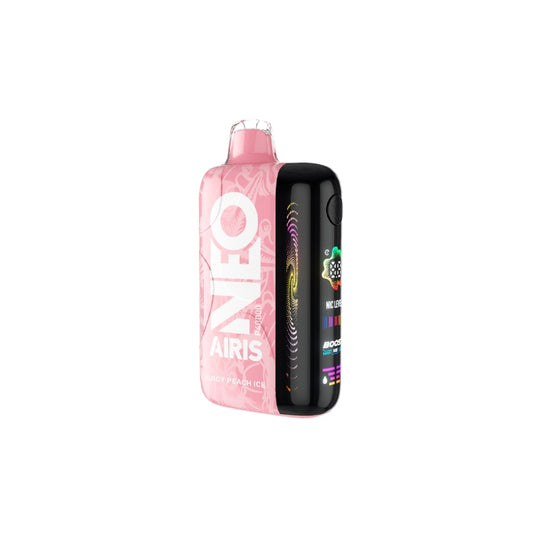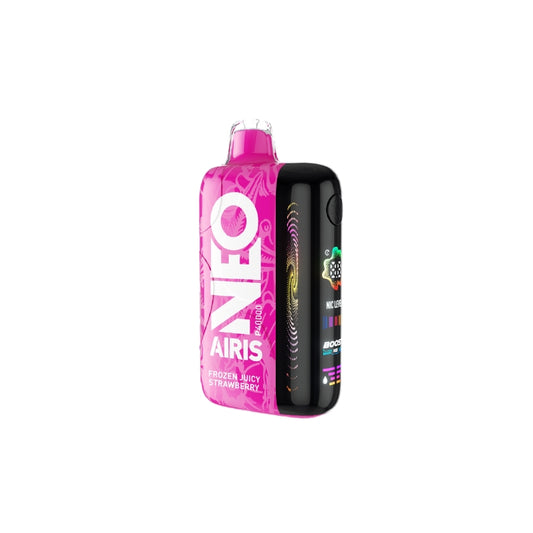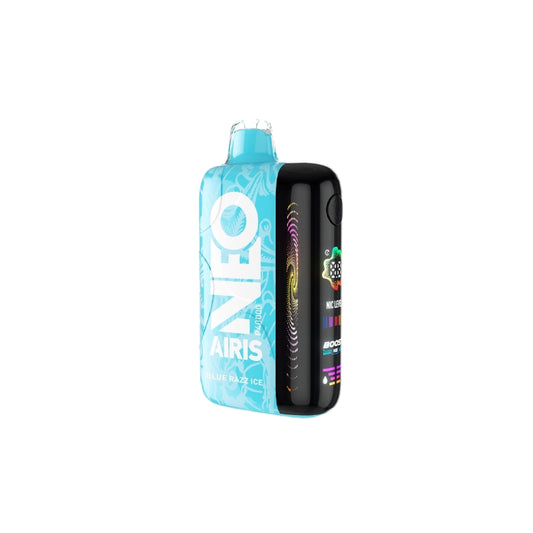Is Vaping Without Inhaling Harmless? Unraveling the Myth
Is Vaping Bad If You Don't Inhale?
Vaping Misconceptions: A Closer Look
The rise of e-cigarettes and vaping devices has sparked numerous debates and discussions about their safety and potential health risks. One common question that often arises is whether vaping without inhaling is a harmless alternative to smoking. In this article, we will delve into the science behind vaping and explore the implications of not inhaling while using these devices.
1. The Basics of Vaping
Vaping involves heating a liquid, usually containing nicotine, propylene glycol, and flavorings, to create an aerosol that is inhaled by the user. The process is designed to simulate the act of smoking without the combustion of tobacco, which is known to release harmful chemicals.
2. Inhalation: A Key Factor
The act of inhaling is crucial in the vaping process. It allows the delivery of nicotine and other substances into the lungs and bloodstream. Skipping this step might seem like a safer option, but it's essential to understand the implications of not inhaling while vaping.
3. Nicotine Absorption
While nicotine is the primary addictive substance in vaping liquids, it is not absorbed efficiently through the skin or mucous membranes. Inhalation is necessary for the body to absorb nicotine, which is why users typically feel the effects when they inhale. Without inhaling, the nicotine levels in the body may be significantly reduced, but it's still present in the aerosol, posing a potential risk.
4. Aerosol Exposure
Even if you don't inhale, you may still be exposed to the aerosol produced by the vaping device. This aerosol can contain harmful substances such as formaldehyde, acetaldehyde, and acrolein, which can irritate the eyes, nose, and throat. Prolonged exposure to these chemicals can have detrimental effects on respiratory health.
5. Secondhand Vape Aerosol
Vaping without inhaling can lead to the release of secondhand aerosol, which can affect those around you. The aerosol contains nicotine, which is a known neurotoxin, and other potentially harmful substances. This raises concerns about the safety of non-users who may be exposed to these chemicals passively.
6. The Role of Flavorings
The flavorings used in e-liquids can also pose a risk to health. Some artificial flavorings have been linked to respiratory problems and other health issues. Even without inhaling, the presence of these chemicals in the aerosol can still pose a risk to the user and those nearby.
7. The Debate on Harm Reduction
While some argue that vaping is a safer alternative to smoking, it's important to consider the potential risks associated with vaping without inhaling. The lack of substantial research on the long-term effects of vaping makes it difficult to definitively say whether it is a harmless practice.
Conclusion
In conclusion, while vaping without inhaling may seem like a safer option, it's crucial to consider the potential risks associated with exposure to the aerosol and its contents. As with any form of nicotine consumption, moderation and awareness of the potential health implications are essential. For more information and a wide range of vaping products, visit That Vape Club.




